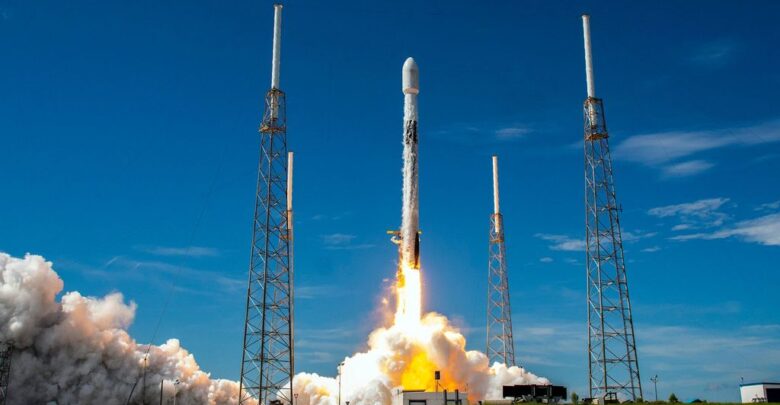

NEW DELHI — Indian investment information and credit rating agency ICRA said that satellite communication would play a prominent role in the country’s broadband inclusion.
ICRA, originally named Investment Information and Credit Rating Agency of India Limited, measures debt instruments issued by corporate entities, commercial banks, non-banking finance companies, financial institutions, and the public sector.
“Satellite communication will remain crucial for broadband inclusion of a lot of remote and sparsely populated areas which have not been connected through the terrestrial networks,” said Sabyasachi Majumdar, Group Head and Senior Vice-President at ICRA.
“Several foreign players are eying this market and have launched/are in the process of launching a constellation of satellites to cover the entire earth, including One Web, Starlink, and Amazon.”
Satellite communication mainly scores over the traditional network in inaccessible terrains and remote areas. It has comprehensive geographical coverage and good broadcasting capabilities.
Satellite communication is expensive and requires a lot of approvals, apart from being prone to weather disturbances. Despite all these, satellite communication is touted to be the next advancement in the broadband space, as per a media report.
Satellite communication can complement the existing network infrastructure by providing a redundant network, acting as a backhaul network, bridging the digital divide by providing broadband access in hilly and remote areas.
It has also been found suitable for a variety of applications, including the Internet of Things. The new generation LEO satellites have overcome the traditional issues such as low speeds and high latency rates over the ages.
While globally, the adoption of satellite communication has started, with the United States having more than 4.5 million subscribers and European Union having more than 2.1 million subscribers, the penetration in India is only restricted to 0.3 million enterprise subscribers.
The satellite TV sector’s revenue services amounted to $88.4 billion in 2020, as per data.
Experts say that the reason for the same is because of restrictions on last-mile connectivity through satellite to retail subscribers, in addition to restrictive policies to operate in this space.
“There have been a lot of policy-related uncertainties, including vague licensing regime and lack of clarity on spectrum frequency and allocation, which can act as deterrents to the proliferation of this technology,” said Majumdar.
While the global adoption rates are also slow for various reasons, including high prices and low speeds, both these aspects should improve with time.
In India, if the operating environment eases, it is projected that the satellite communication user base will rise to around 1.5 million to 2 million by 2025, generating a revenue of around INR 5,000 crore ($672.3 million) to INR 6,000 crores ($806.8 million) annually.
(With inputs from ANI)
Edited by Amrita Das and Praveen Pramod Tewari
The post Satellite Communication To Revolutionize India’s Broadband Space: Credit Rating Agency appeared first on Zenger News.






